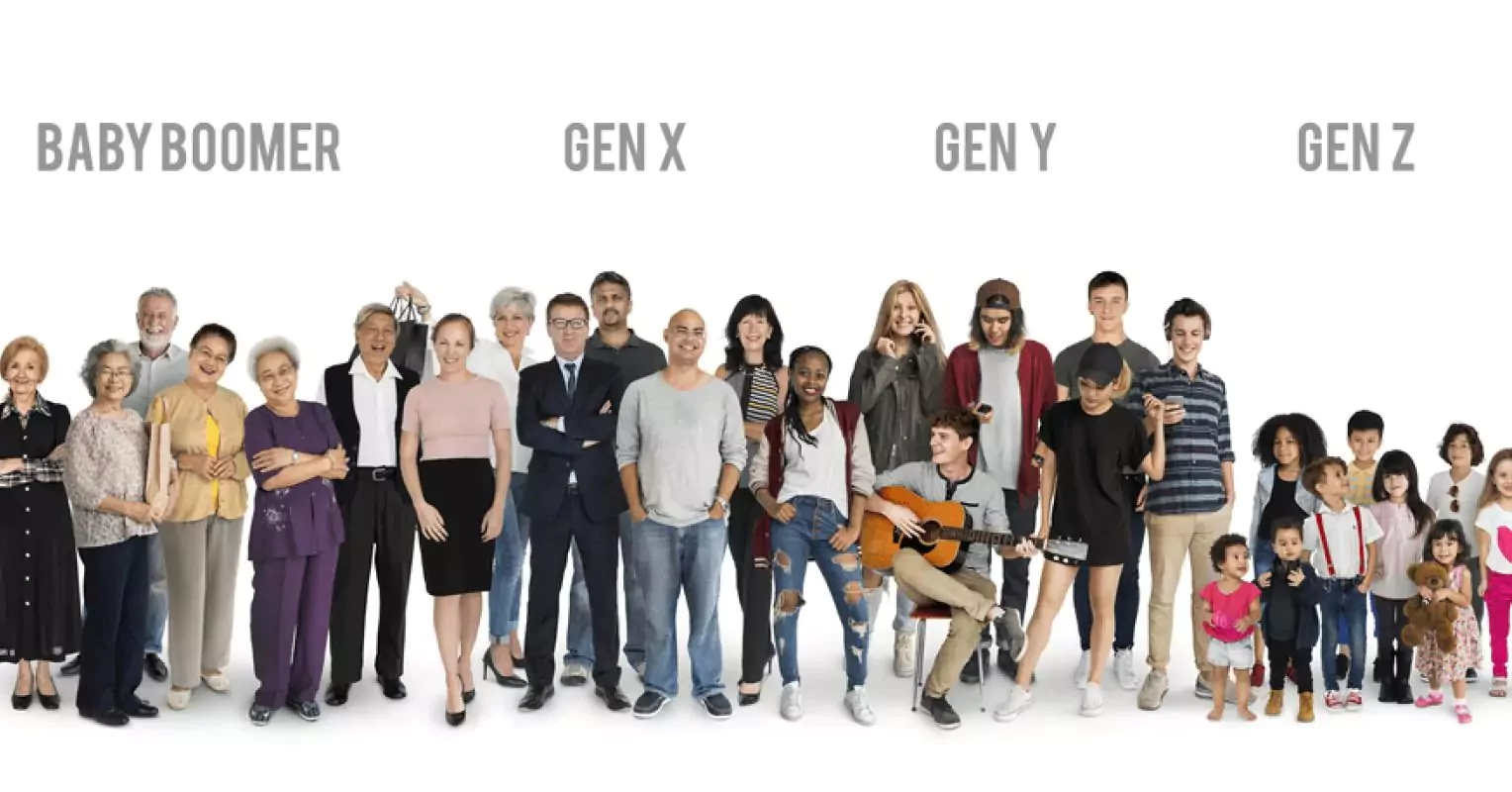The recent report released by Tinuiti shed light on the stark differences in the motivations and preferences of gamers across various generations. The report’s findings are quite insightful, showcasing a stark contrast between Gen Z and baby boomers in their approach to gaming.
For better understanding:
- Baby Boomer: a person born between 1946 and 1964.
- Generation X: a person Born between 1965-1980
- Millennial: generation born from 1981 to 1996.
- Gen Z: a person born between 1996 and 2010.
Motivations
According to the report, 42% of gamers played games for relaxation and unwinding purposes.
Interestingly, a higher percentage of baby boomers, accounting for 51%, consider this as their main driving force in gaming, in contrast to only 31% of Gen Z gamers.
Contrarily, 34% of gamers prioritize gaming for entertainment purposes, with a notable gap between Gen Z and baby boomers at 35% and 32%, respectively.
This indicates that Gen Z gamers lean towards engaging in competitive gaming experiences that are less geared towards relaxation.
Moreover, while a minor percentage of both Gen Z and baby boomers are primarily motivated by the desire to win, Gen Z gamers appear more inclined towards gaming as a means of connecting with friends or expanding their social circles.
They gave a higher preference for gaming as a way to keep up with friends (12% vs. 3% for baby boomers) and to meet new people (8% vs. 3% for baby boomers).
Dominance of Mobile Gaming and Emerging Trends
Tinuiti’s report also highlighted the increasing dominance of mobile gaming, with a staggering 78% of gamers admitting to engaging in mobile gaming.
This trend is notably prominent among Gen Z and Gen X, with 80% of both categories favoring mobile gaming, closely followed by millennials (78%) and baby boomers (75%).
However, intriguingly, younger generations are less likely to designate mobile as their primary gaming platform, with a visible decline in preference.
In contrast, PC gaming has emerged as the preferred platform for 21% of gamers, predominantly among baby boomers (31%) and Gen Z (29%).
The Significance of Effective Marketing in Gaming
The report also underscores the diverse opportunities for monetization within the gaming industry, highlighting the impact of in-game purchases and marketing strategies on consumer behavior.
Remarkably, 69% of gamers have made in-game purchases, with a significant share primarily coming from console players, particularly those using the Nintendo Switch.
Furthermore, the data underlines the preference for brand-sponsored add-ons and gaming content over intrusive in-game advertisements.
Notably, 39% of respondents admitted to making a purchase based on products discovered through in-game marketing in the last year, emphasizing the effectiveness of well-integrated marketing initiatives.
Tinuiti underscores the potential of rewarded video ads as a valuable marketing tool that strikes a balance between player engagement and brand promotion.
For more information check out Tinuiti Reports, And remember to subscribe to Gaming Foodle for more news!
Discover more from Gaming Foodle
Subscribe to get the latest posts sent to your email.

